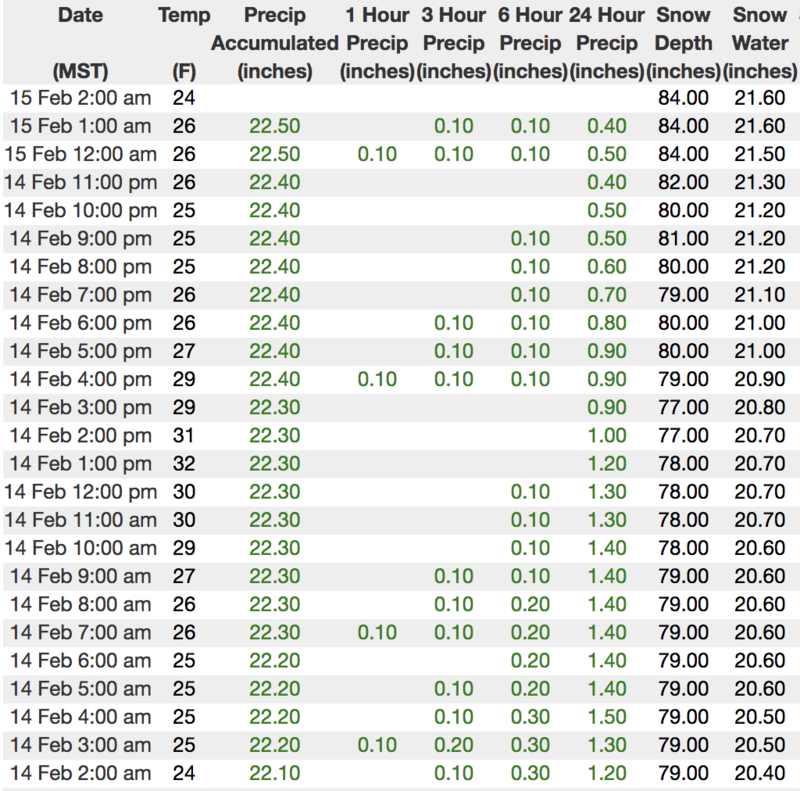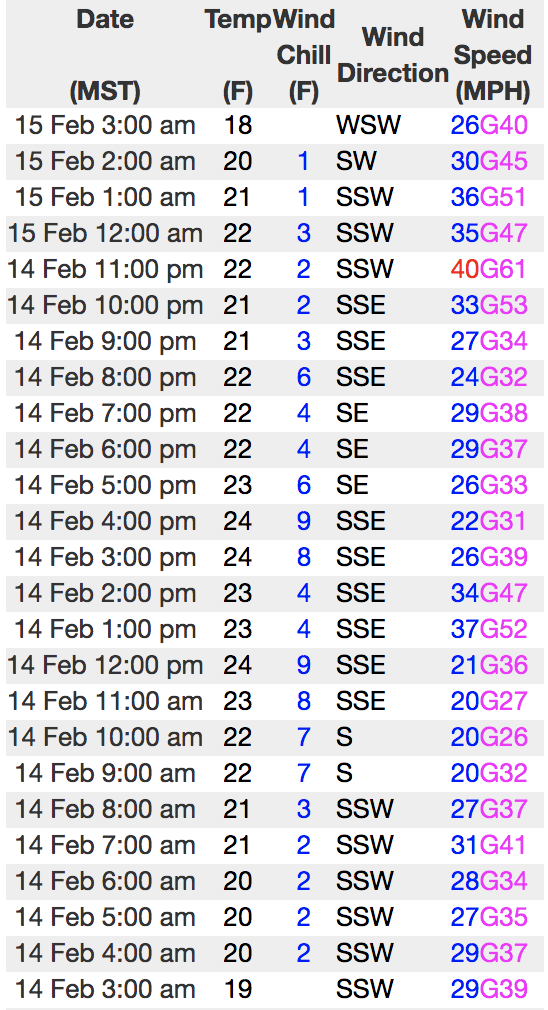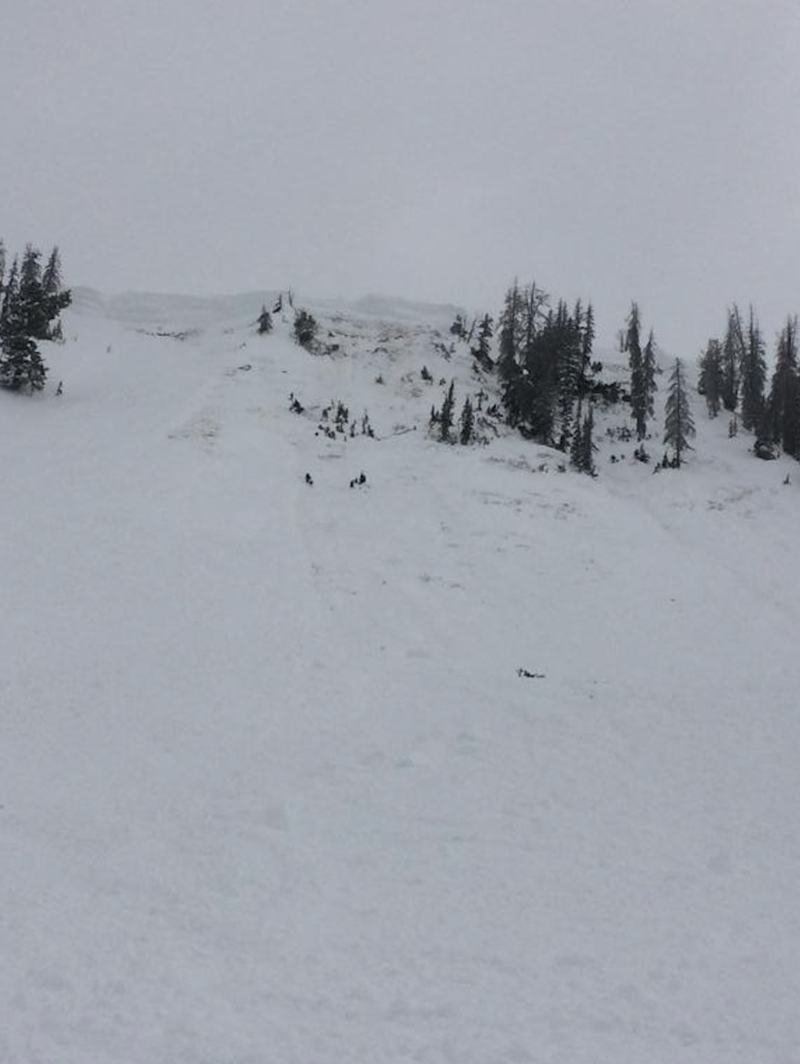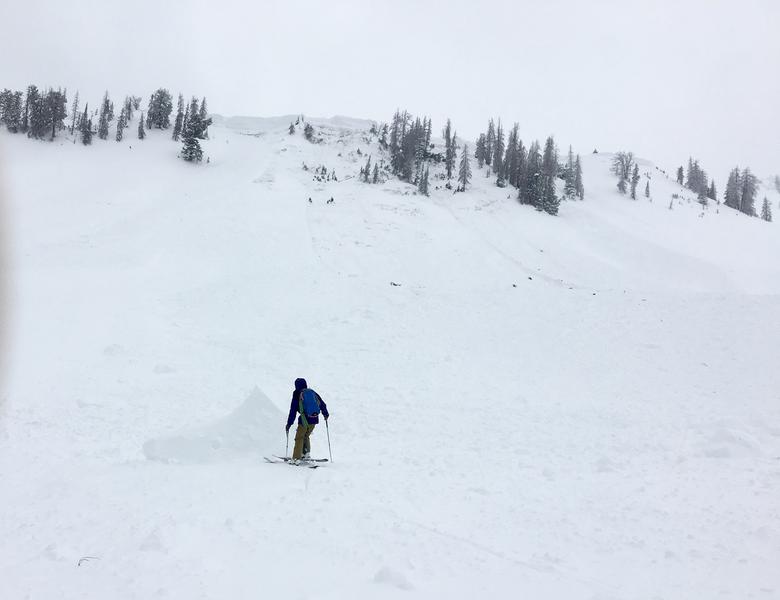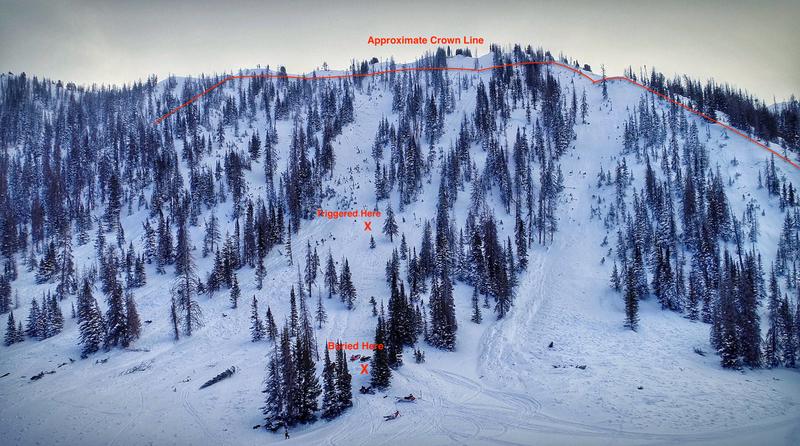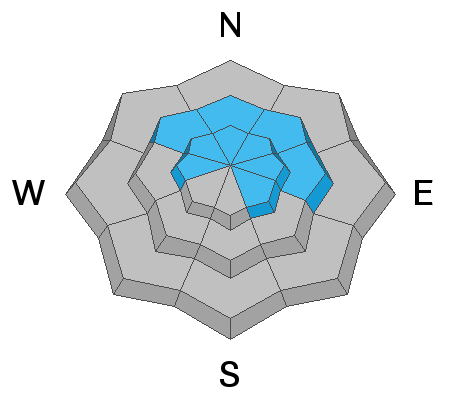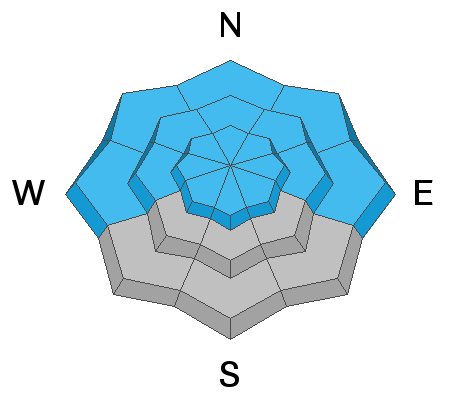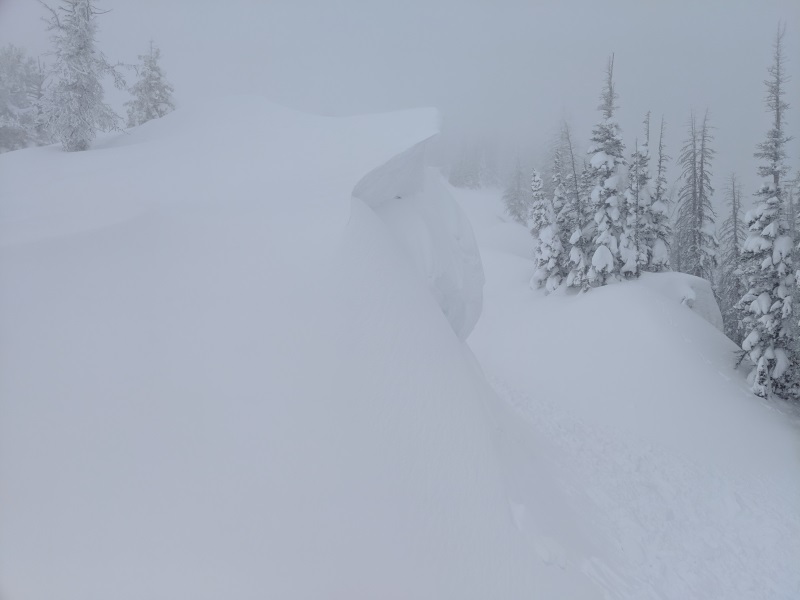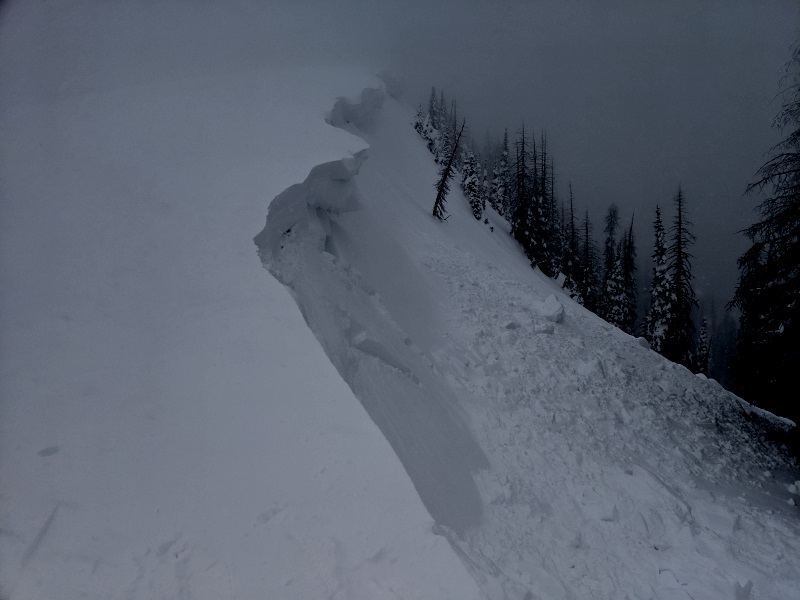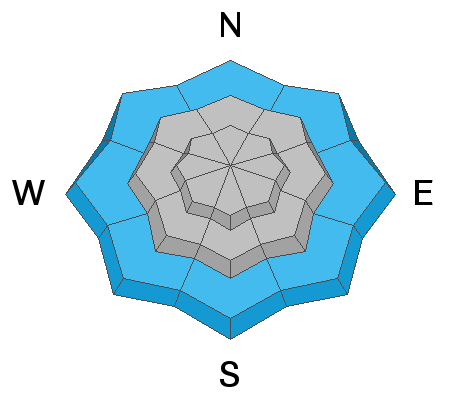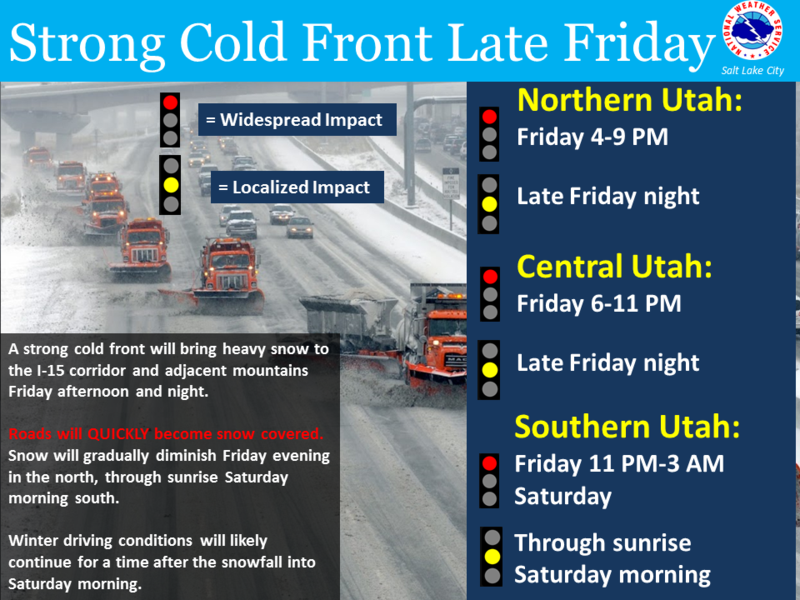Let's face it... our snowpack is tricky right now. We're dealing with persistent weaknesses, repeater avalanches, and large unpredictable pieces of snow breaking to the ground. It's a complex out there for sure, so why not simplify what's going on.
First- the range is fat and white and the snowpack is gonna feel really strong and supportable. As a matter of fact, we can ride many slopes without incident and think we're good to go.
Second- we have persistent weaknesses buried deep in the snowpack and they're not healing anytime soon. This is the type of structure that is particularly dangerous because we don't even have to be on a steep slope in order to trigger a slide... we just need to be connected to it.
Third- steep, wind drifted terrain that didn't slide during last weeks big storm is particularly problematic, because today's avalanches could still potentially be triggered mid slope, low on the slope, or from a distance. All we need to do is collapse the slope (whoomph), and now we're staring down the barrel of a dangerous avalanche.
Lots of variables and a few, false "green light" indicators. So, the way we deal with a complicated snowpack is to simply avoid the unknowns. Now, here's what I do know and make no mistake... this is the real deal and not the type of avalanche problem that we want to tangle with or try to outsmart. Once initiated, today's avalanches can break deep and wide, taking out the entire seasons snowpack in some locations, resulting in a potentially unsurvivable slide.
That's too much uncertainty for me to deal with so I'm keeping it simple... patience and avoidance are the only solution. I'm simply gonna ride low angle, wind sheltered slopes and avoid being on or under steep, wind drifted slopes. Done... done.... and done!
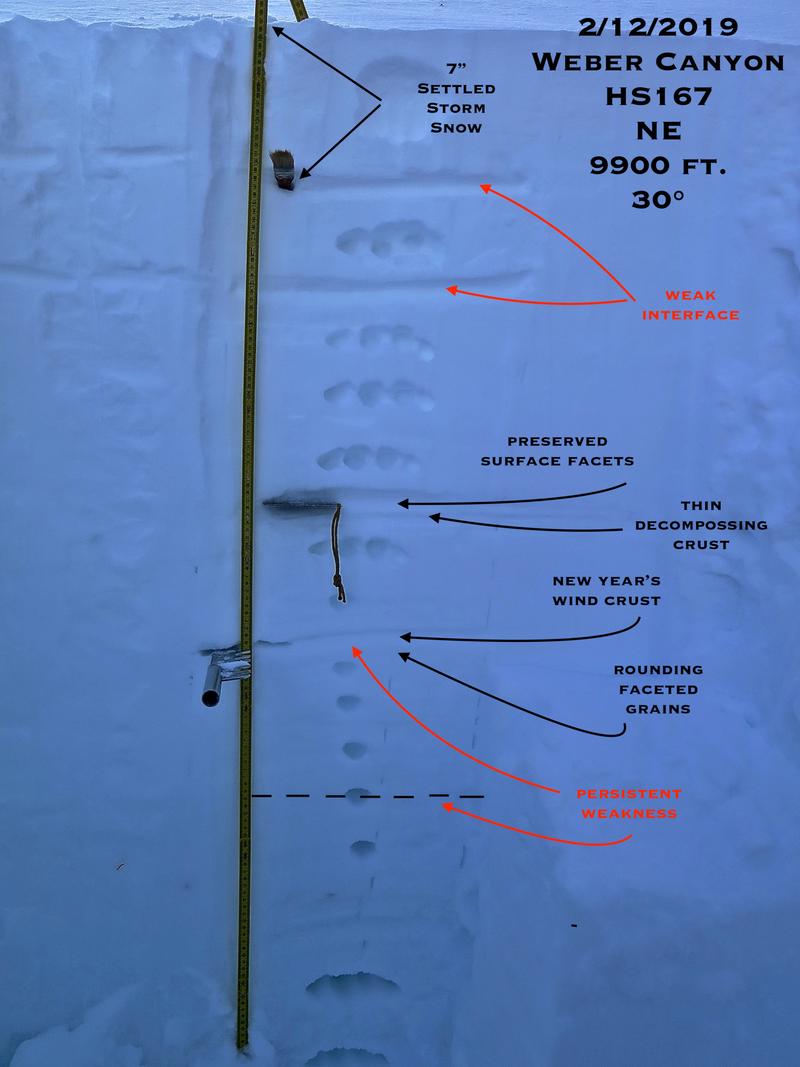
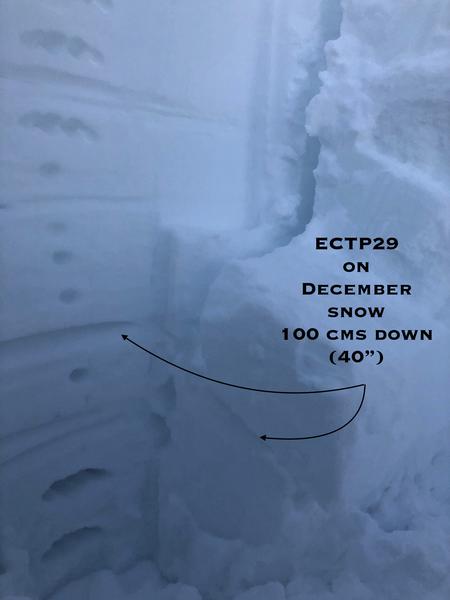
JG's snowpit profile clearly shows our current layering... perhaps getting slightly hard to trigger, but once you collapse the slope it's game over. Here JG brilliantly describes what he's seeing.... "You really get a false sense of security when you are walking, skiing or sledding on such a supportable snowpack. Based on recent avalanches, what I have been seeing in my travels and what I have been seeing in my snowpits I don't think we are close to being out of the water. It's hard to not want to jump into steep terrain when there aren't a lot of visual signs to make you take a step back. Dig in the snow and see for yourself. Just read about the recent tragedies and close calls, it's sobering. Low angle is plenty fun right now, have fun and live another day. The forecast has been spot on, heed the warnings, the Uintas are sketchy right now. "
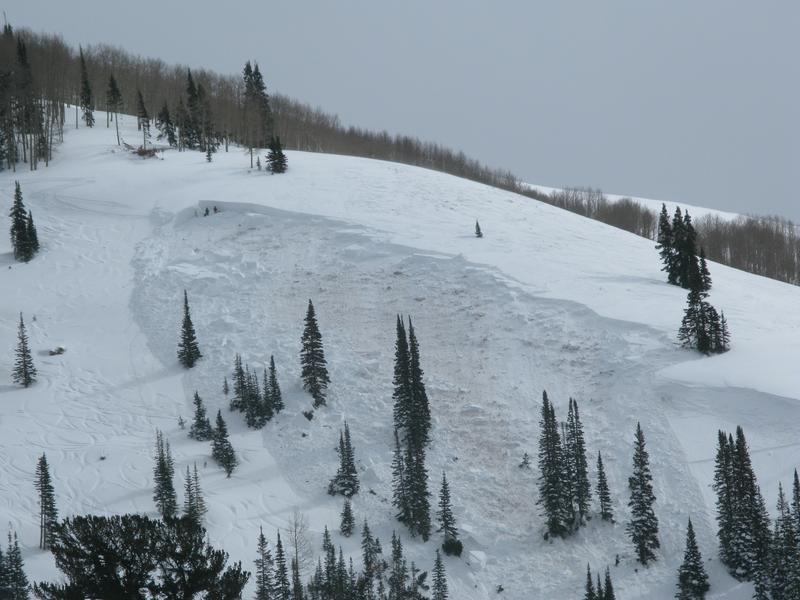

Snowpits are just a small sample size. What I look for is something I can sink my teeth into... like recent avalanche activity and the slide in the image above triggered in Upper Weber Canyon clearly sets the stage. Once initiated, this tree snapping slab, broke deep and wide, stacking up a huge pile of bone crushing debris.




